Wuyishan & Da Hong Pao Part 1 - Tea Culture
Monday, May 23, 2011
 Wuyi Shan, Fujian, China
Wuyi Shan, Fujian, China
Hey Hey and a Big G'Day toya,
WUYISHAN & DA HONG PAO - Part I (Tea Culture)
Question: What is the most expensive tea in the world and where does it come from?
Answer: Believe it or not, it comes from Wuyishan, one hour from where I live.
The most expensive tea in the world is the original Da Hong Pao (Big Red Robe) from Wuyishan in north western Fujian Province in China. In 2002, twenty grams (about 2/3rds of an ounce) of Da Hong Pao sold for 180,000 RMB, which is approximately $23,000 US. The original Da Hong Pao tea trees are over three hundred and fifty years old and the tea has only been available for a public auction three times (1998, 2002 and 2004).
Previously, it has only been offered to government, emperors and religious leaders.
In 1972, Mao Zedong gave President Richard Nixon fifty grams of this tea during his visit to China. Nixon was apparently insulted with such a "small" gift. That was, until someone pointed out that, fifty grams represented half of all the Da Hong Pao harvested that year. Even though now there is more Da Hong Pao Oolong tea on the market, the leaves from the original four brushes are still highly prized. In 2005, a small amount of leaves were auctioned off at almost two million U.S dollars per kilogram. In 2006, the four bushes were insured by the People’s Insurance Company of China for one hundred million RMB, or about fourteen million U.S dollars.
The two shots below are of THE four original tea trees.
Why Did I Begin This Blog?
On Sunday (yesterday) I was invited into a very special new classroom that my school has built.
It seems that due to the availability of tea drinks (both hot and cold) in China’s modern society, its Tea Culture is beginning to decline. As my city/school sits deep within one of China’s most famous tea growing areas my school decided to take the inniative and the first steps to help save China’s 'Tea Culture’. Thankfully they did as not only have many schools is this area followed suite, but schools in other tea growing areas are now adding such classrooms.
So what are these classrooms?
They are Tea Culture classrooms.
Here the students are not only taught the history of tea but also China’s ‘Tea Ceremony’ which though not as extravagant as Japan’s, it does exist. They are taught how to clean and prepare the tea items prior to pouring and then serving. They are then taught how to play several of the musical instruments that are part of such a ceremony and not only is the school very proud but the students are more than happy to be taught a part of what China is famous for but also to take it proudly into the future.
Da Hong Pao (Big Red Robe) – News Feature
Photos of Wuyi Mountain in colour
Legends Of Da Hong Pao Tea
Legend says that in the Ming dynasty, a young man on his way to the Imperial Examinations fell ill near Wuyi Mountain. A monk from a nearby temple offered him a bowl of tea and after drinking it, he immediately recovered. Thanks to the monk, he made it to the exam, where he achieved the highest score and was received by the emperor.
He told the emperor about the tea that cured him and offered it to the court.
Amazed by the tea, the emperor sent a big red robe to clothe and protect the brushes that grew the oolong tea. The moment the robe was placed on the brushes, their leaves turned red on the edge. Thus this tea was named "Red Robe."
The History of Da Hong Pao Tea
Before going into the history of the tea, it is important to go back a bit farther to explain what was happening in the world of tea. During the Yuan Dynasty Wuyishan was famed for its production of Dragon and Phoenix Tea Cakes, which were sent as tribute to the emperor every year. During that time people did not drink loose leaf tea. Instead they would take the cakes and grind them into powder to brew tea. The first emperor of the Ming Dynasty (1368-1644) proclaimed that only loose leaf tea was to be sent as tribute.
This caused the entire Wuyishan market to collapse instantly.
The Tea Farmers on Wuyi Mountain got together and created a new type of loose leaf tea, which became Oolong Teas. Four of the original Da Hong Pao Tea trees are still living on Wuyi Mountain and are believed to date back to the Song Dynasty (960-1279). These trees still produce leaves and every year those leaves are made into what is probably the most expensive tea on earth. The tea is picked and processed by only the best Da Hong Pao Tea producers in China. A portion of the tea goes directly to the President of China and the remainder is sold at auction. The leaves sell for millions of U.S. Dollars per Kilo. Many cuttings have been taken from these trees to create today's Da Hong Pao and the quality of the leaves is graded depending on how close to the original trees the trees are located.
The Art and Origins of Tea Drinking
‘The Chinese people are without a doubt the ones who best understand the nature of tea.’
It's hard to exaggerate the importance of tea in Chinese culture. At various points throughout history, China's national drink has been designated as the state currency and used as cash. While references to tea in Chinese literature go back approximately five thousand years, the origin of tea's use as a beverage is unclear. Ancient folklore places the creation of the brew at 2737 BC, when a camellia blossom drifted into a cup of boiled drinking water belonging to Emperor Shen Nung.
Most scholars though believe it to be around 350 BC.
Originally, tea was valued for its medicinal qualities.
It has long been known that tea aids in digestion, which is why many Chinese prefer to consume it after their meal. (Another interesting side effect for smokers is that tea hastens the discharge of nicotine from the body). The elevation of tea drinking to an art form began in the 8th century, with the publication of Lu Yu's "The Classic Art of Tea." The highly esteemed poet and former Buddhist priest had strict notions about the proper procedure for brewing, steeping, and serving tea. For example, only water from a slow-moving stream was acceptable, and the tea leaves had to be placed in a porcelain cup. The perfect milieu for enjoying the finished product was in a pavilion next to a water lily pond, preferably in the company of a desirable woman.
His work also contained several practical tips for manufacturing tea.
Many of which are still in use today.
In the centuries following the publication of Yu's work, tea's popularity spread rapidly throughout China. Not only did tea drinking become a fitting subject for books and poems; Emperors bestowed gifts of tea upon grateful recipients. Later, teahouses began dotting the landscape. While the Chinese have never developed a ritualistic ceremony surrounding tea drinking resembling the Japanese tea ceremony, they have a healthy respect for its role in their daily lives.
Types of Tea
Tea aficionados are often surprised to learn that all tea comes from the same source:
The Camilla Sinensis bush.
While there are hundreds are varieties of Chinese teas, most fall into four basic categories. Reputed to provide the most health benefits, white tea is made from immature tea leaves that are picked shortly before the buds have fully opened. Green teas are not fermented during processing, and thus retain the original colour of the tea leaves. Also known as "red tea," black teas are made from fermented leaves, which accounts for their darker colour. Popular varieties of black tea include Bo Lei, a Cantonese tea often drunk with dim sum, and Luk On - a milder tea favoured by the elderly. Finally, Oolong teas are partially fermented, resulting in a black-green tea.
There is also a fourth category known as "scented teas," made by mixing various flowers and petals with green or Oolong teas, the most well known among these is Jasmine tea.
Beers N Noodles toya…..shane
PS: Some of these photos have been borrowed from my previous adventures to Wuyishan, others are of the new Tea Culture school room and an old Tea House that was once a very famous part of Shaowu city. The rest (food photos) are from a lunch we had on Sunday (yesterday) with the school and my boss Owen Buckland.
More on that in my next blog: Wuyishan & Da Hong Pao Part 2
___________________________________________________________
The soundtrack to this entry was by Meat Puppets
The album was ‘Too High to Die’
____________________________________________________________
Other Entries

 Wuyi Shan, Fujian, China
Wuyi Shan, Fujian, China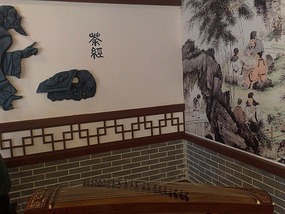
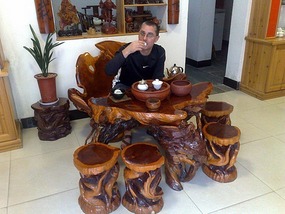
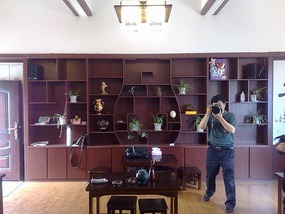
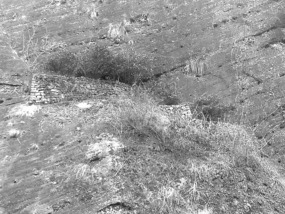
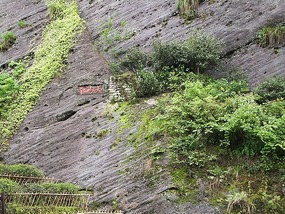
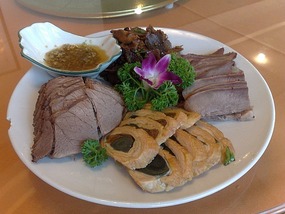
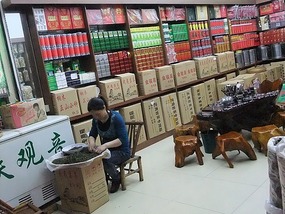
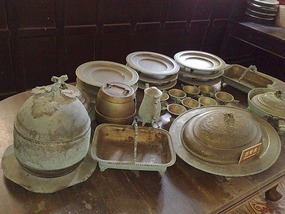
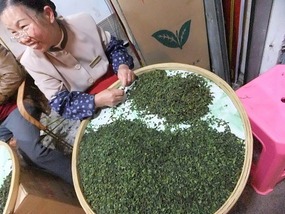
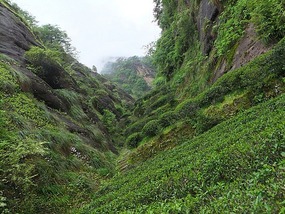
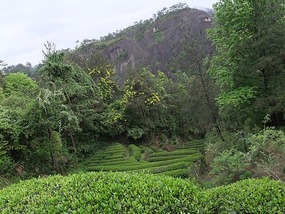
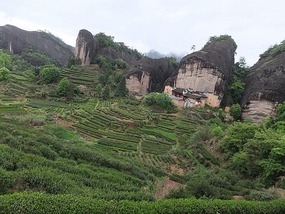

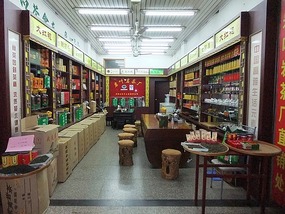
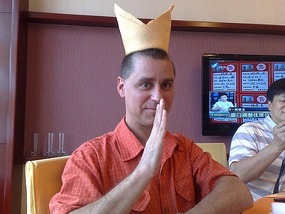
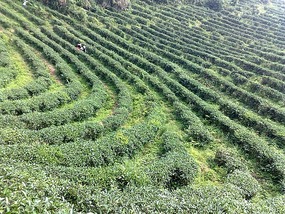
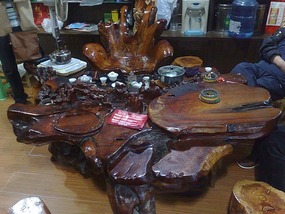
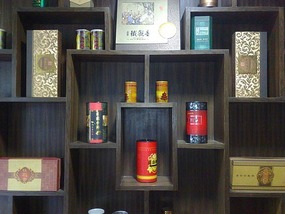
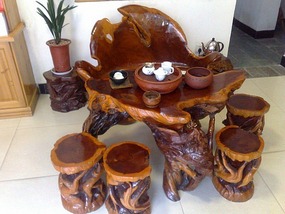
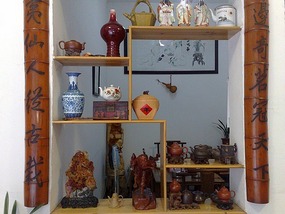
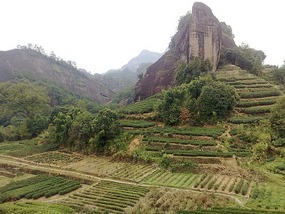
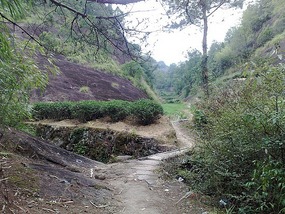
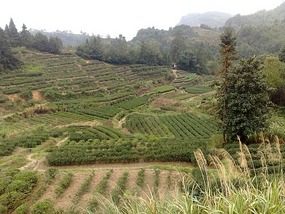
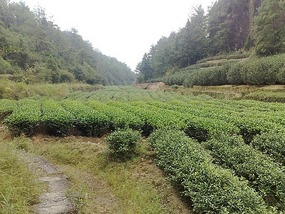
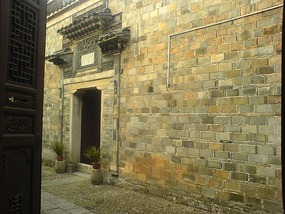
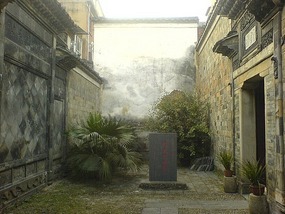
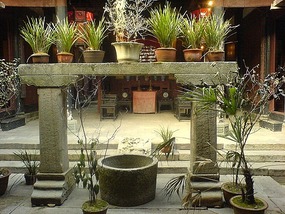
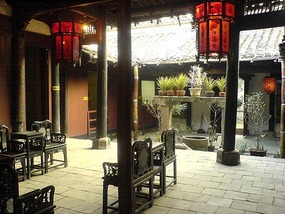
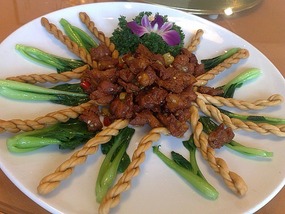
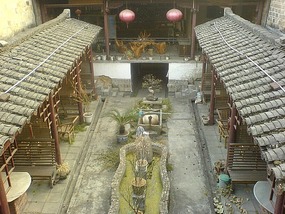
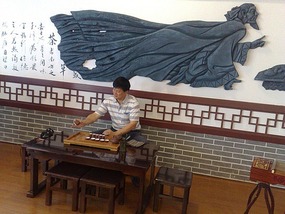
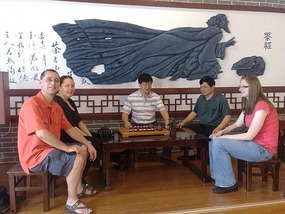
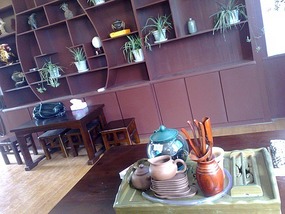
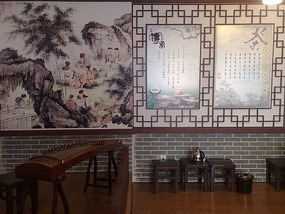
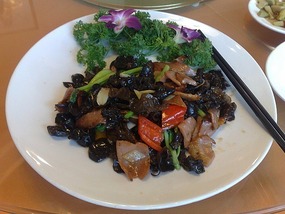
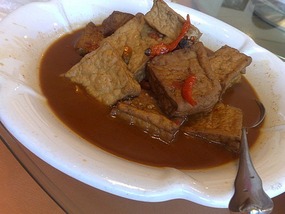
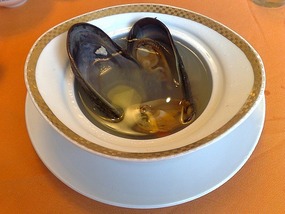
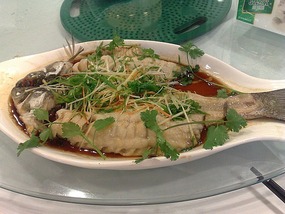
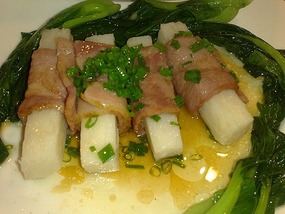
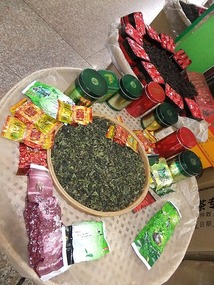

2025-05-22